|
Día de Publicación:
|
Enviar a:
|
Ingles/English
Por Manuel de Jesús Hernández-G
In my life, I met and interacted with many Mexican American students, both male and female and from different parts of the Southwest and Midwest, who used the words vato and ése. Moreover, as part of my readings and study of Mexican American literature, I began reading in 1969 poetry, narrative, and essays written by former Pachucos who used the exact same words, among them, the New Mexican and Californian José Montoya (b. 1932) and three Texan-Californians: Raúl R. Salinas (b. 1934), Ricardo Sánchez (1941-1995), and José Antonio Burciaga (1940-1996). In their writings they code these words, vato and ése, as a medium for building in their readers and listeners a sense of community and solidarity among Mexican Americans. All these poets are inspirational to the students in my culture and literature classes.
Pachuco speech, the register to which belong vato and ése, historically rose and spread throughout the Southwest in the 1940s, the exact same period in which the Mexican American people experienced massive urbanization and began interacting among themselves beyond a regional setting, disseminating via such socially dynamic context the use of Pachuco terms among Mexican American speakers of Spanish and English throughout the Southwest. A history and a description of Pachuco speech can be read in the following two foundational articles: “Social Functions of Language in a Mexican American Community” (1950) by George C. Barker and “Pachuco: An American-Spanish Argot and Its Social Function in Tucson, Arizona” (1950) by George C. Barker. In both cases, the researcher affirms that the speakers of Pachuco originally sought a “special language”, “a society of their own”, and “an exclusive language”; however, Barker also recognizes that eventually such speech impacted nearby speakers and lead them to either use the “colorful words and phrases” or “refrain from using the jargon at all.”
Moreover, the use of Pachuco speech did extend to members of other ethnic groups, particularly in the case where some of them lived in or near the barrio. In the article “Pachuco: An American-Spanish Argot and Its Social Function in Tucson, Arizona,” Barker reports that one of the fifteen boys and young men he interviewed in his study was named Fredy P., whose mother was a Mexican but his father an Anglo-American. While growing up in ELA, I witnessed neighborhood Afro-Americans using vato and ése. Throughout my college career, I have observed Anglo-American students and professors, who are particularly interested in Mexican American culture, use or understand the use of the terms vato and ése. I have also read texts by Nuyorican and Salvador-American writers that use the same terms, like Tato Laviera who is from New York and Mario Bencastro who is from San Francisco.
As I mentioned earlier, several major Mexican American writers grew up as Pachucos and entered higher education, among them, José Montoya, Raúl R. Salinas, Ricardo Sánchez, and José Antonio Burciaga. In their works the reader will find Pachuco terms, phrases, and language. In 1969, Montoya wrote the classic poem “El Louie,” where the reader finds the following verses:
Era de Fowler el vato,
carnal del Candi y el
Ponchi —los Rodríguez—
The Westside knew ’em and Selma, even Gilroy
’48 Fleetline, two-tone-
buenas garras and always-como la Mary y
la Helen…siempre con
liras bien afinadas.
Salinas wrote the now classic poem “Un Trip through the Mind Jail,” whose Pachuco language became the linguistic base for the successful play Zoot-Suit (1969). One of the main characters in the movie, based on the play, is an Anglo zoot-suiter who speaks Pachuco. Throughout the 1970s and 1980s, Ricardo Sánchez expressed a changing Texas Pachuco voice in poetry. In 1976 José Antonio Burciaga published his highly expressive poem “Letanía in Caló.”
Regarding gender, in Mexican American culture and literature Pachuco language practice is not restricted to Mexican American males. In her article “Caló and Taboo Language Use among Chicanas: A Description of Linguistic Appropriation and Innovation” (1999), Dr. Letticia Galindo documents the existence of a Pachuca subculture in Houston and Austin, Texas.
Another writer who has successfully used Pachuco speech is the Arizonan Miguel Méndez (b. 1930), whose now classic novel Peregrinos de Aztlán (1974; Pilgrims of Aztlán) features the Pachuco character El Buen Chuco and whose recent novel Los muertos también cuentan (1995; The Dead also Tell Stories) contains the Pachuco character Chavarín el Tirilín who linguistically holds his own while conversing with a Peninsular speaker from the XVIth-century and a Mexican writer from the 1990s.
And most recently, we have the linguistically innovative novel Barrioztlán (1999) by Saúl Cuevas, whose narrator tells the story in Pachuco. As a matter of fact, both the narrator and the characters speak in Pachuco terms, phrases, and language. This language shift, away from standard Spanish, has given center stage to a language practice that was just born in the 1940s. Conclusion
The above represents my personal and scholarly observations on the use of Pachuco language in a Mexican American context. I hope it is helpful in your interaction with specific colorful barrio speakers and your reading of contemporary Chicano/a literature.
Contacte a Manuel Hernández:
Manuel.Hernandez@asu.edu











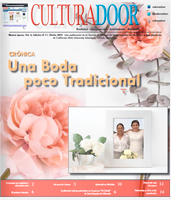
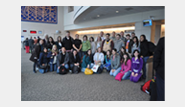

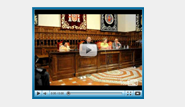


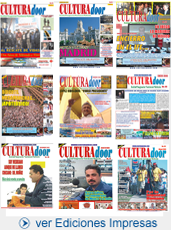
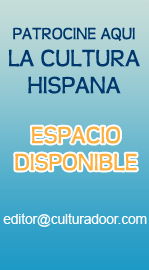






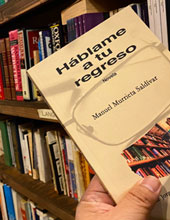
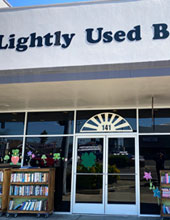
Sorry, comments for this entry are closed at this time.